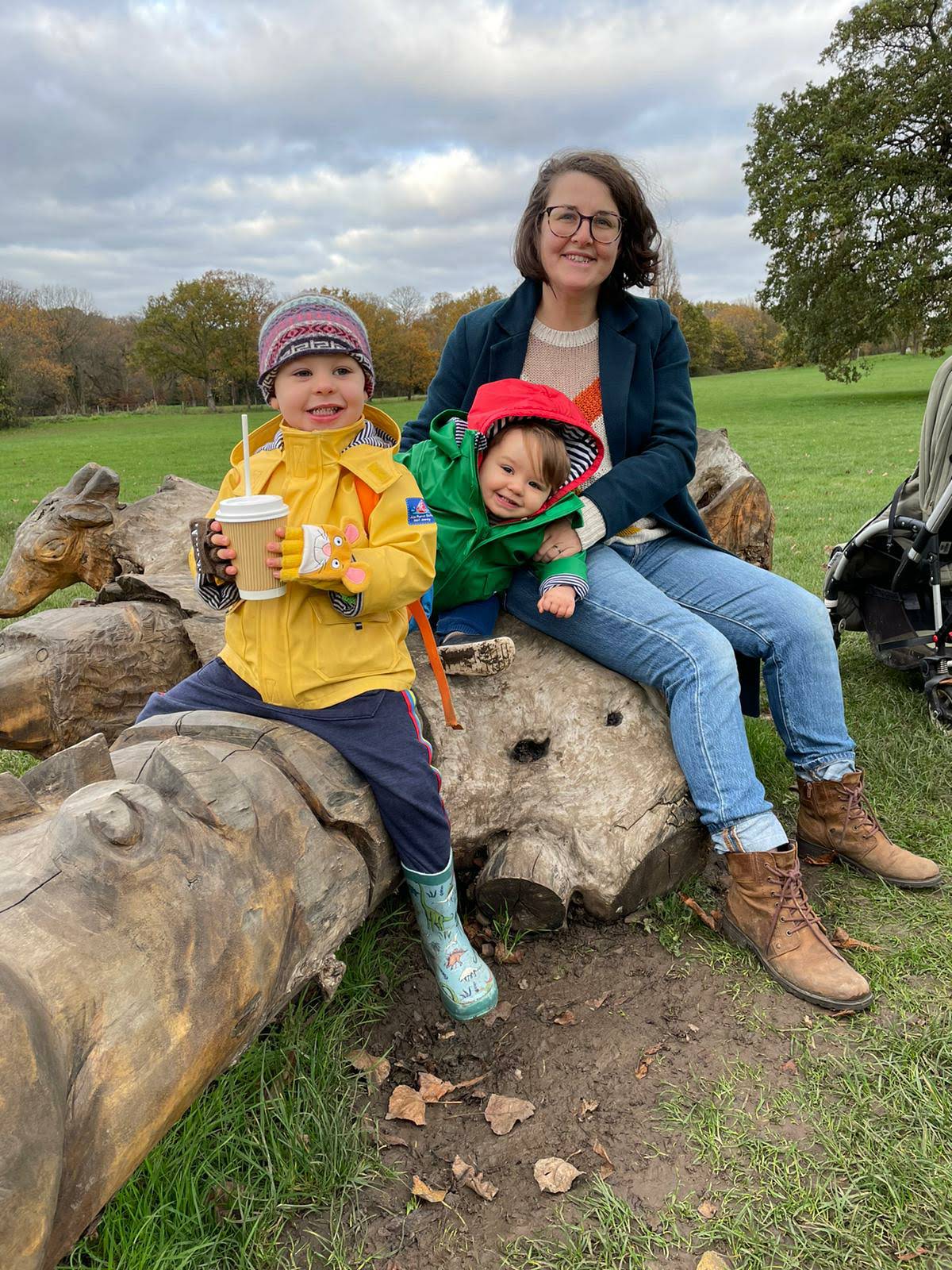Rachel Lowe, Dorothy Hodgkin Research Fellow, tells us about her experience of attending a three-day residential public engagement masterclass and the resulting plans to embed public engagement in her research.

Rachel Lowe, Dorothy Hodgkin Research Fellow, tells us about her experience of attending a three-day residential public engagement masterclass and the resulting plans to embed public engagement in her research.
I had the privilege of attending the Public Engagement Masterclass, held in the beautiful grounds of the Wellcome Genome Campus last July. I was familiar with the campus from attending another residential course there and was eager to go back, this time, to think in detail about how to embed public engagement into my research portfolio.
I work at the interface of climate science and infectious disease epidemiology, which is extremely topical and of great interest to the media and general public. My field of research has a clear societal impact and provokes many interesting questions about the damage human activity is causing to our health and the health of the planet. I am particularly motivated to inspire the next generation of researchers and encourage more girls and women to pursue further studies in Science, Technology, Engineering, Mathematics and Medicine (STEM) subjects. I took the masterclass with the hope of gaining new ideas and a fresh perspective on sharing my research in the most creative, imaginative and accessible way possible. I was not disappointed.
“We thought about how research and engagement intertwine, to ensure public engagement is not a last minute add on.”
The course was delivered by a team of leading UK and European engagement specialists. We began with an interactive welcome session, where we each presented an ‘object of engagement’. I took along my giant Aedes aegypti mosquito, which I had used as a prop at the Hay Festival Royal Society platform: the next big thing when I spoke about planetary health and mosquito-transmitted disease risk. Across the three-day masterclass, through a mixed and varied range of sessions, we thought about how research and engagement intertwine, to ensure public engagement is not a last minute add on. We learned about the four principles of high quality engagement (Purpose, People, Process, Evaluation) and the benefits of integrating strategic evaluation plans within the design of public engagement activities. I realised it’s not necessary to wait for results before sharing your research and the importance of engaging with the public throughout the research life cycle. By engaging with the public early on, we can understand their priorities, use their curiosity to inform later stages of the project, and ensure that research is aligned with societal needs, values and expectations.
One of the highlights was the delegate public engagement show case. It was wonderful to share the experience with such a diverse range of researchers from different disciplines with a wealth of public engagement ideas and case studies. One delegate project I found particularly inspiring was The Verbatim Formula, which makes the voices of care-experienced young people, care leavers, and adults responsible for their care and education heard through verbatim performances of their testimonies. This theatre technique has great potential for giving the young and the most vulnerable people in society a means of sharing their anxieties and hopes for the future with politicians and other decision-makers.
I found the ‘F-word’ session, led by key funders of research and public engagement, including UK Research and Innovation (UKRI), Royal Society and European Science Engagement Association (EUSEA), particularly useful. We learnt the importance of embedding public engagement in research grants and fellowships and how to secure financial support for it. We were warned against common pitfalls such as targeting either too specialist or too general audiences, and planning dissemination activities instead of two-way engagement. We were given guidance on preparing an impact case study for the REF 2021 and were pointed towards some examples of impacts and indicators used in the assessment process.
“It made me more aware of the power of dance, movement and choreography to communicate science.”
I had recently attended Dance your science – kinaesthetics for cognitive agility which was one of the most enjoyable and exhilarating training courses I have ever taken. I learnt how music and movement can open new possibilities for innovative thinking, while enhancing my body language awareness. With a trained choreographer and actor, we expressed our research through storytelling, mime and movement. I had the chance to choreograph my own research project on using forecasts of climate extremes, such as droughts or floods, to help predict the risk of infectious disease outbreaks. My colleagues became mosquitoes dancing to samba music, and seasons, which became more intense as the years went by. This would be the perfect way to communicate my science in schools in a way the students would never forget.
Through discussing my public engagement dance project with the tutors at the Public Engagement Masterclass, I learnt about related initiatives such as the Dance your PhD contest and the danceroom spectroscopy project, a Sci-Art collaboration at the interface of physics research, interactive art, education, performance, and technology. This prompted me to think about the logistics and the importance of involving local partners, including dance and theatre groups in the planning. I would need to explore how the project could fit with schools’ priorities. I also need to think about the legacy of the project, possibly producing a video of the activity and giving the students a chance to perform for their families.
“The Summer Science Exhibition is one of my favourite activities of the year and I cannot wait to take part.”
The masterclass has given me the confidence to take part in a bid to exhibit at the Royal Society Summer Science Exhibition 2020. Through a joint initiative between The Pirbright Institute and the London School of Hygiene & Tropical Medicine, we plan to showcase our work as ‘Disease Detectives’, to solve scientific clues, collect data and develop predictive models to prevent pandemics of emerging infectious diseases, which are becoming more of a threat due to global travel, vaccine hesitancy, deforestation and climate change. We hope to bring our research to life via hands-on demonstrations of building and genetically modifying toy mosquitoes, finding out how attractive individuals are to real, live mosquitoes (in a secure cage!) and allow participants to track infectious disease epidemics under different climate change and land-use scenarios.





